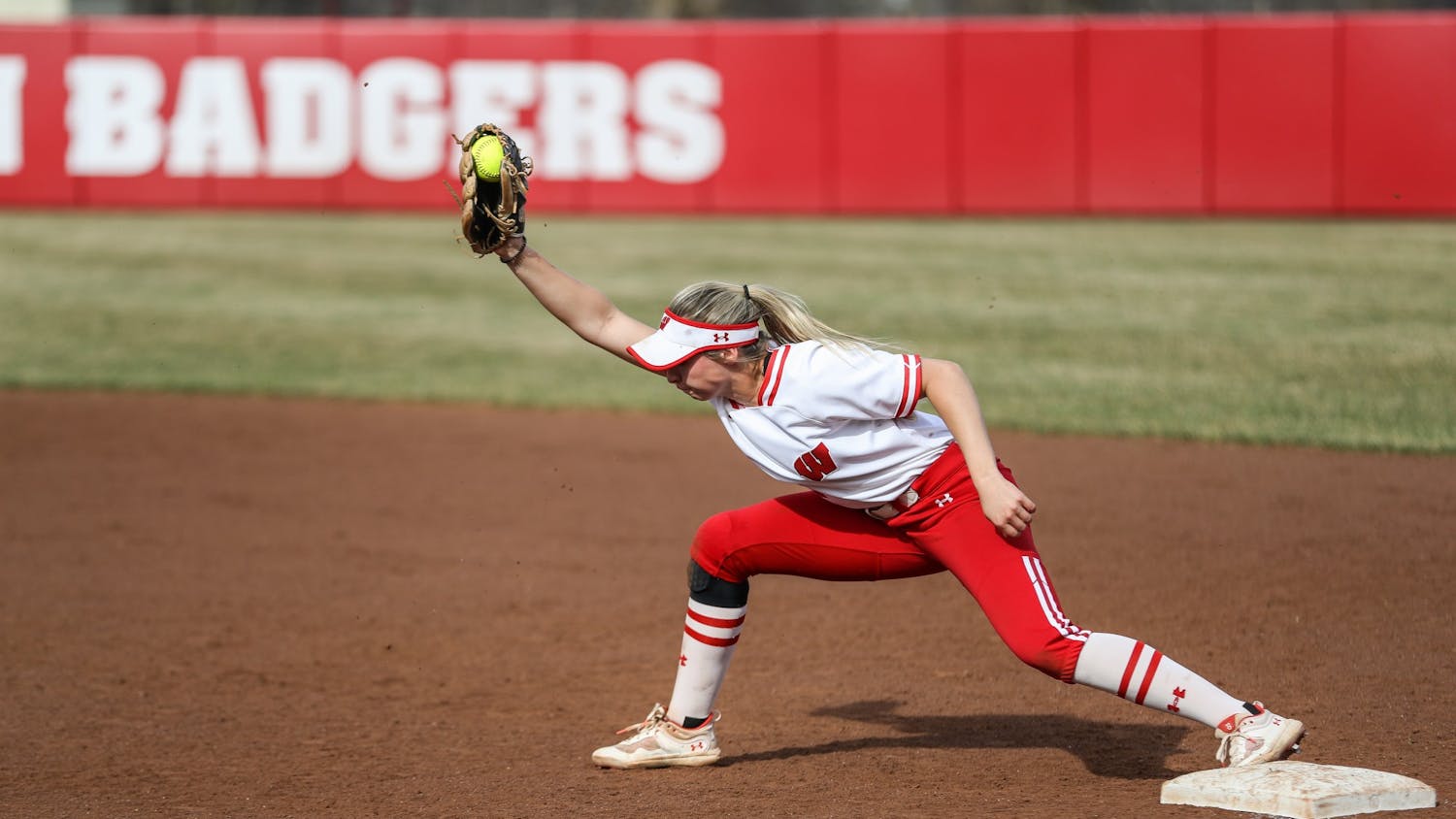Last month, the Cleveland Indians voted to remove their Chief Wahoo imagery from their uniforms effective next year. Cleveland’s Chief Wahoo and other Native American mascots have been the source of years of controversy due to their inaccurate depiction of indigenous peoples. And while the removal of Chief Wahoo is a step in the right direction for Cleveland, it barely scratches the surface of eradicating cultural appropriation in sports.
All over the country, sports leagues are plagued with the issues of racist nicknames and mascots. Some of these are more openly discriminatory and offensive, such as the NFL team from Washington, DC, and Ole Miss’ former Rebel Black Bear. Others, on the other hand, are more covertly offensive, such as nicknames like Waukesha South’s “Blackshirts” that evoke echoes of fascist regimes and the Holocaust.
According to Mother Jones, racist nicknames for sports teams have been around since at least 1915. This century-old tradition has offended and dehumanized the majority of non-white communities at the expense of the work and talents of people of color. While there have been major strides in sports of all kinds for communities of color, there is still a major divide in how those athletes are treated outside of their sport -— and it can be argued that this is partially because of the acceptance of racist traditions like mascots and imagery surrounding athletics.
The unwillingness of some teams — such as the Washington professional football team — to remove their offensive imagery and traditions, inhibits progress and allows for the vicious cycle of racism in sport to continue.
This appropriation has been on full display in high schools all over the state of Wisconsin, including at my own alma mater, Waukesha South, and three other schools in its conference. While steps have been taken and policies enacted to change the more offensive logos and mascot names, there is still work to be done because many of these nicknames have not been removed for good.
Outside Milwaukee, at Mukwonago High School, the school’s logo was changed after a student complained to the DPI in 2010, and the school was ordered by the DPI to change both the nickname and mascot. The logo containing a Native American’s head was removed, but the nickname was not changed because of residents’ concerns over too much taxpayer money being used to fund the removal of the name “Indians” around the school and on uniforms.
Citing taxpayer concerns as the main reason for failing to change a racist mascot is an extremely poor excuse for keeping something that hurts both students at the school and their athletic opponents around.
Mukwonago’s inadequate response shows how pervasive the deeper issue of white supremacy in sports continues to be. Along with recent responses by conservative commentators that trivialize the issues athletes of color face and bemoan the loss of “tradition,” the stereotyping of some sports, such as swimming, squash and lacrosse, as “white” sports also inhibits progress and growth of those games into diverse communities. Athletes like Anthony Ervin, a swimmer, and the lacrosse playing Thompson brothers, among others, have broken down those barriers by reaching the upper echelons of their sports and using their platforms to promote social justice and inclusion.
Although athletes like Ervin, the Thompsons and Colin Kaepernick have punched a hole in the wall, so to speak, that hole is being systematically covered up with the drywall of racism and intolerance around the world of sport.
Although the removal of Chief Wahoo is a step in the right direction on baseball’s biggest stage, the ball is now in other teams’ and athletes’ court to continue fighting for a change and acceptance for all.






